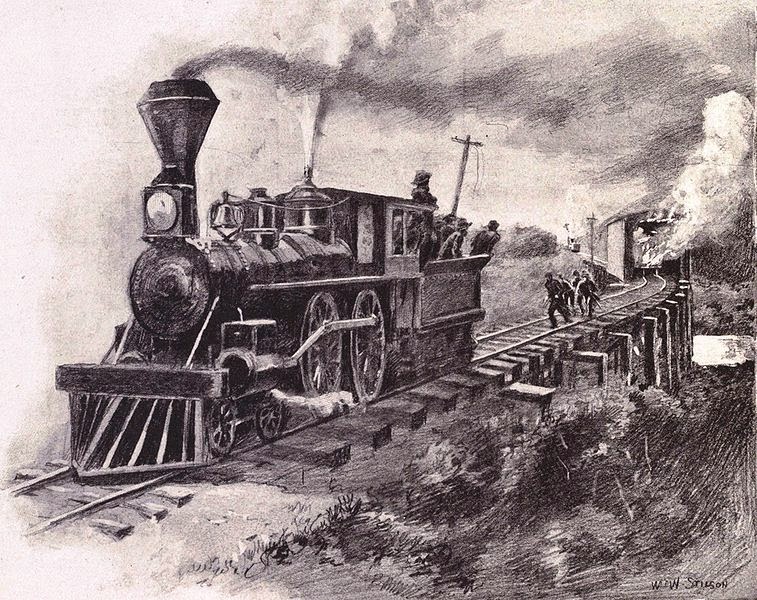Tennessee Tech University is one of Tennessee's oldest universities. It is located in Cookeville, Tennessee. It was founded in 1909 as a private school. Members of the Broad Street church of Christ in Cookeville wanted a Christian college in the city. Jere Whitson and Robert Capshaw led the charge to start Dixie College. What is now Derryberry Hall (pictured above) was the first building that was built. In 1915 the name of the school was changed to Tennessee Polytechnic Institute or TPI for short. After the name change the school became public. The first president of TPI was Everett Derryberry. Derryberry served the school for quite a long time. Under his leadership the school's name was changed to Tennessee Tech or TTU for short. He was preceded by Arliss Roaden. Roaden did not have the longevity that Derryberry had. Roaden is most known for having the University Center built, which bears his name. Angelo Volpe took control of the school in the 1970s. In the Volpe era Tennessee Tech was able to grow. Volpe was responsible for getting the Hooper-Eblen Center constructed, as well as a new library that was named in his honor. After Volpe retired Bob Bell was appointed president. Under Bell's leadership a new Nursing Building and STEM Center were constructed. The nursing building bears the name of both him and his wife. The current president is Phil Oldham. Oldham has steadily been able to keep the projects started by Bell going. TTU has been recognized nationally for its academic excellence. It is still very much an engineering school, but the education, business, and nursing programs are catching up. I am proud to be a student at this fine school.
Above is the official Tennessee Tech University logo.
Above is a picture of the eagle that sits on top of Derryberry Hall. The clock actually plays music every hour.
Above is a picture of Henderson Hall. This building houses the History department. Fittingly this building has been placed on the national register of historic places thanks to its architecture.
The Bob and Gloria Bell Nursing Building is one of the newer buildings on campus. It sits at the opposite end of the Quad from Derryberry Hall. In a way the two buildings are almost twins.
Even though it is a pain to walk in, TTU is very picturesque during the Winter.
Stay tuned for more blog posts about tales from Tennessee and beyond.

































